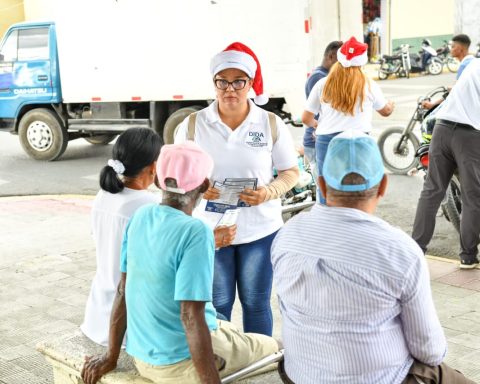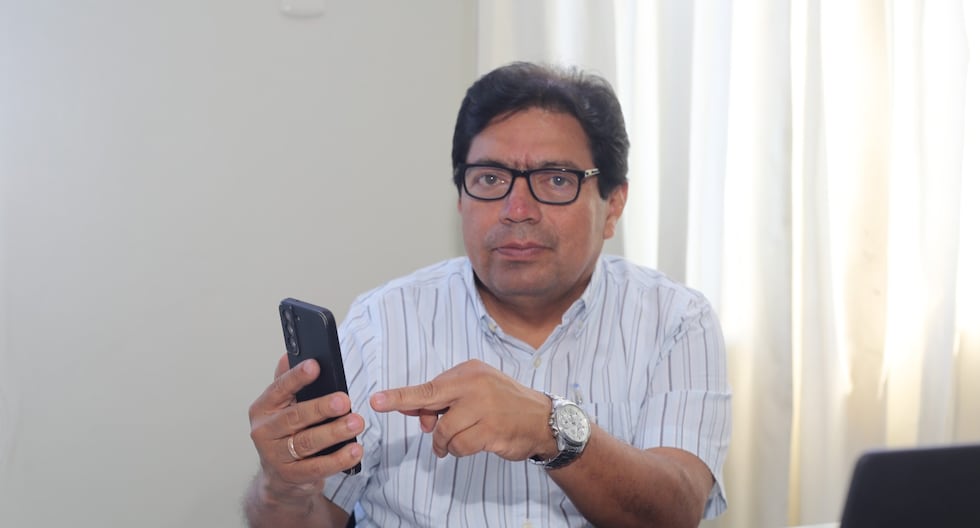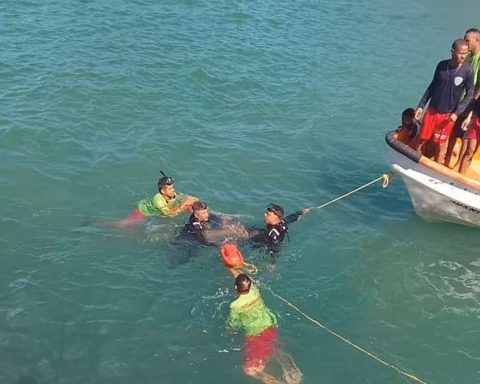Santo Domingo.– The Government of the USA, through the US Embassy’s Office of International Counternarcotics and Law Enforcement (INL), will donate equipment to the center including new cameras, network equipment and servers for the data center valued at approximately 12 million dollars, all from reliable and safe suppliers.
The donation is made with the intention of improving security in the Dominican Republic and protect Dominican critical infrastructure.
The joint video surveillance expansion project was formally launched on October 10 of the current year in a meeting at the facilities of the National Emergency Assistance and Security System 911 and between the undersecretary of INL, Todd Robinson, and María del Pilar Cañas representing the Ministry of the Presidency.
The principals confirmed the purpose of both parties to improve the video surveillance system of the National Emergency Assistance and Security System 911by expanding camera coverage in strategic locations, strengthening the camera network with reliable equipment and increasing system capabilities by leveraging artificial intelligence tools.
On behalf of the executive director of 911, pilot colonel, Randolfo Rijo GómezERD, the deputy director, pilot colonel Harold Jiménez Polanco, ERD, participated; and Martín Santana, director of Video Surveillance and Technology.
For several years now, the Embassy of the United States supports the National 911 Emergency Response and Security System to ensure that its operators have the fastest and safest system to save lives, and with a robust and highly capable video surveillance system to improve citizen security.

The National 911 Emergency and Security Assistance System is highly advanced and is a benchmark of what can be achieved through the close collaboration that exists between both countries.
The US Government uses government resources as well as technology dynamic of the US private sector to improve the 911 system in the Dominican Republic.
This collaboration prioritizes the integrity and security of 911 and the security of the sensitive data it handles of Dominican citizens.
To date, the US Government has allocated more than US$30 million in support of the emergency system since its foundation in 2014, which includes the call center, service center, surveillance cameras and the video wall and these new servers.
The technical cooperation of the US Government towards the National 9-1-1 Emergency Response and Security System is part of the Caribbean Basin Security Initiative (CBSI) to combat illicit trafficking, increase security citizenship and promote social justice through comprehensive approaches that address these priority areas.
Also present at the activity were Cristin Heinbeck, deputy consul general, as well as Rebecca Márquez and Paul Butki, director and deputy director of INL, respectively, from the United States Embassy.
José Ismael Gómez Castaños, director of the Cabinet, and Lucia Amelia Sánchez, director of the minister’s office, participated for the Ministry of the Presidency.

















